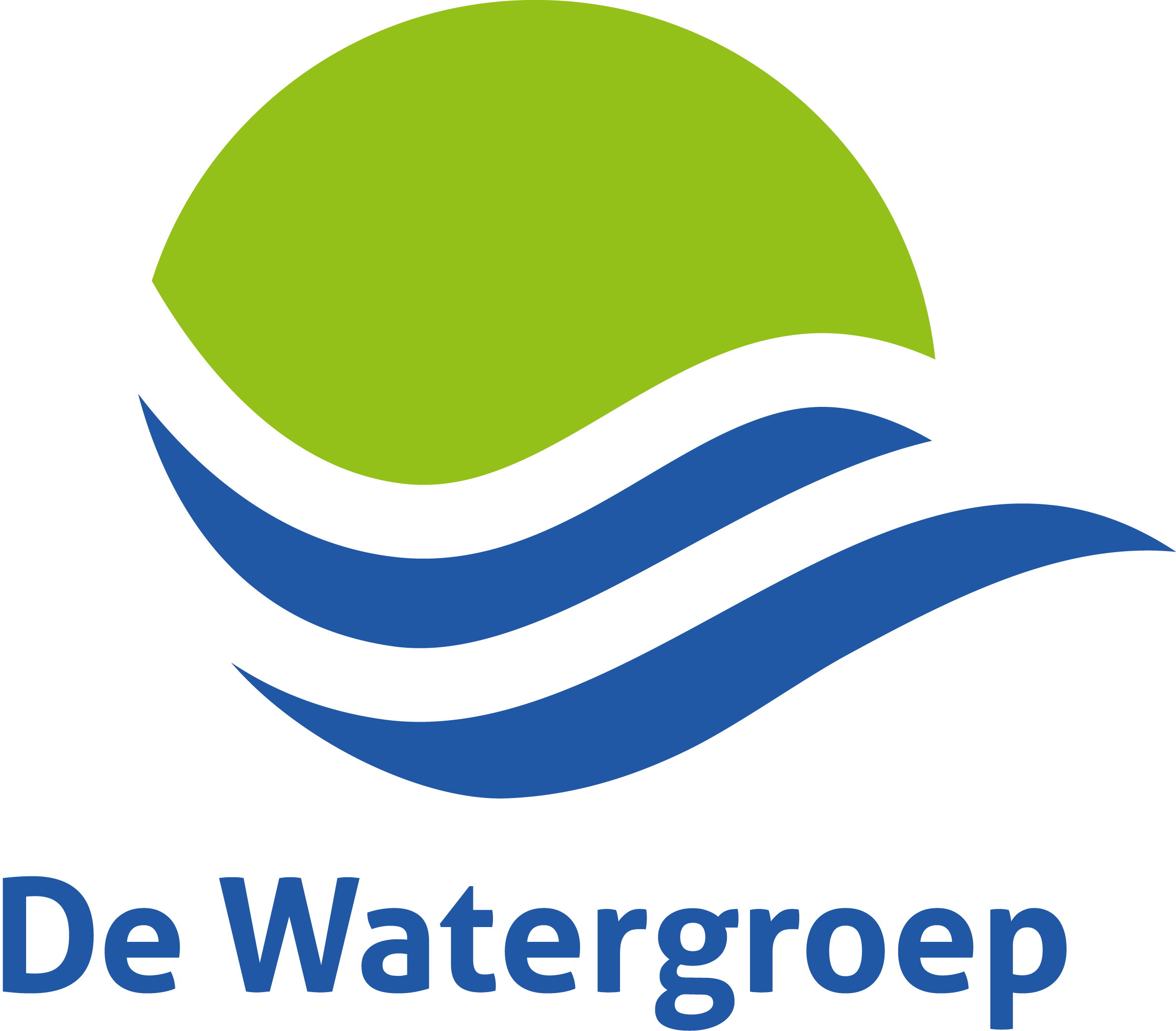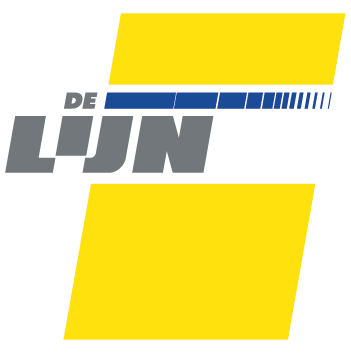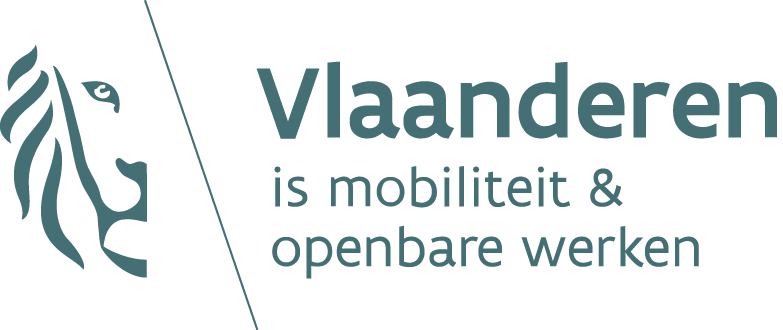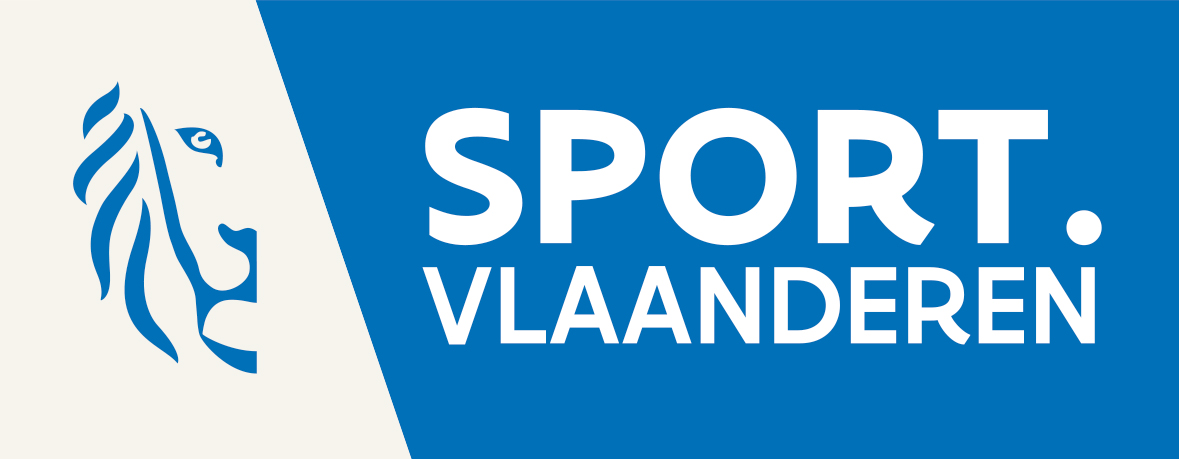Asset health. Being the largest drinking water company in Flanders, De Watergroep needs to manage an extensive network of waterpipes within the Flemish region in a cost-effective manner. In order to have an intelligent investment plan for pipe replacement, De Watergroep chose to set up new processes and redesign existing ones. These processes are controlled on the basis of sensor data, service orders, GIS data, etc. These sources all have distinct requirements in terms of data availability, data quality, the system landscape and reporting. Within the Asset Management Distribution & Supply department, Locus supports by setting up an Asset Health Index, which indicates how well a specific waterpipe is expected to serve in the future. By using data processing techniques (cleaning, transformation, modeling) and (non)-geographical reporting tools, the Asset Health Index contributes to a more feasible investment plan, both short and long term.








